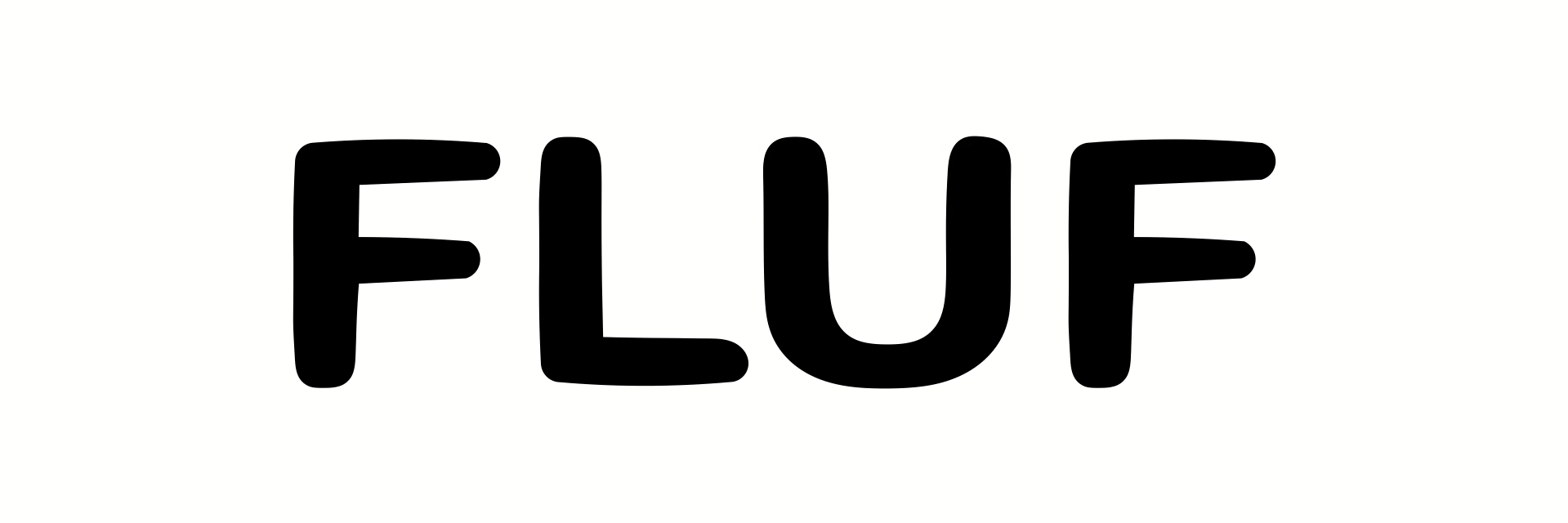As the global fashion industry generates around $2.5 trillion in annual revenue, it also contributes to significant environmental impacts, including 10% of annual global carbon emissions and around 20% of wastewater. In response, a new era of secondhand shopping is emerging: recommerce. This article will delve into the growing importance of sustainability in fashion, the influence of Gen Z, and innovative startups shaping the industry, while exploring whether recommerce is indeed a greener alternative.

The Growing Importance of Sustainability in Fashion
Sustainability has become a priority in fashion as the industry faces increased scrutiny over its environmental impacts. For instance, it is estimated that around 85% of textiles end up in landfills, with more than 21 billion tons of clothing discarded every year. Consumers are seeking eco-friendly clothing options, while brands are adopting sustainable practices to mitigate their negative impacts.
Recommerce Enters Big Brand Boardrooms
Recommerce is gaining significant traction within the fashion industry, as major brands partner with secondhand marketplaces like ThredUp, Poshmark, and The RealReal. The global online resale market is predicted to grow to $64 billion by 2025, and these partnerships help brands enhance their sustainability initiatives while tapping into this rapidly expanding market.
Recommerce Investments: The Three Core Areas
Enabling Tools and Software
Startups are addressing inventory sourcing, secondhand product discovery, and product authentication. Investments in browser extensions, consignment matching services, and new authentication methods help streamline the secondhand shopping experience.
Recommerce in New Industries
Recommerce is expanding into industries like furniture and raw materials. Platforms such as FloorFound and Queen of Raw are leading the charge in their respective sectors, offering eco-friendly alternatives to waste and disposal.
Innovative Startups
Emerging startups are driving innovation in the recommerce space, creating new business models and technologies that facilitate secondhand shopping experiences, reduce waste, and promote sustainability.

Gen Z’s Influence on Secondhand Shopping and Online Resale
Gen Z is driving the demand for secondhand shopping and online resale platforms. A 2021 survey found that 40% of Gen Z respondents had purchased secondhand clothing in the past year. As a result, the recommerce industry is witnessing rapid growth, with new startups and marketplaces emerging to cater to this demand.
The Sustainability Question: Are We Really Shopping Greener?
While recommerce reduces waste and extends product lifecycles, some argue that increased accessibility to secondhand goods could contribute to overconsumption. It is crucial for consumers to be mindful of their shopping habits and consider the long-term effects on the environment.
ThredUp’s Fashion Footprint Calculator: A Tool for Conscious Consumers
ThredUp offers a Fashion Footprint Calculator to help consumers understand the environmental impact of their clothing choices. This tool empowers users to make more sustainable choices and drive positive change in the fashion industry.

The rise of recommerce signals a shift towards more sustainable consumption in the fashion industry. However, it’s essential for consumers to be mindful of their shopping habits and strive for balance between acquiring secondhand items and reducing overconsumption. Conscious consumers should consider exploring platforms like FLUF, which is a secondhand clothing marketplace that also offers inventory management services to sellers. By supporting recommerce initiatives and businesses like FLUF, we can collectively drive a more sustainable future in fashion and beyond.
